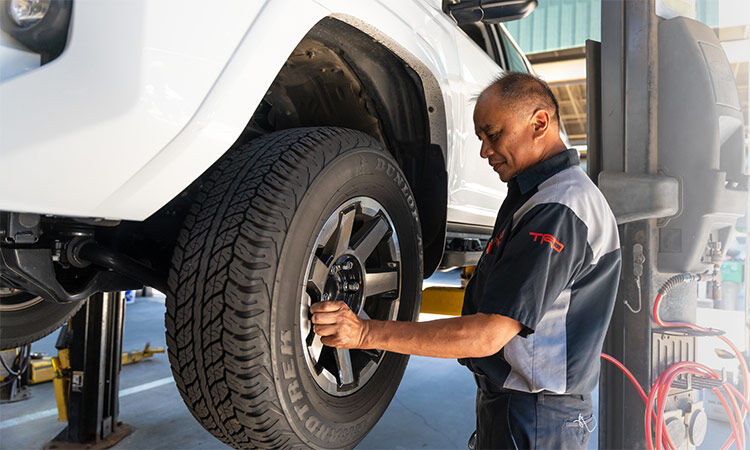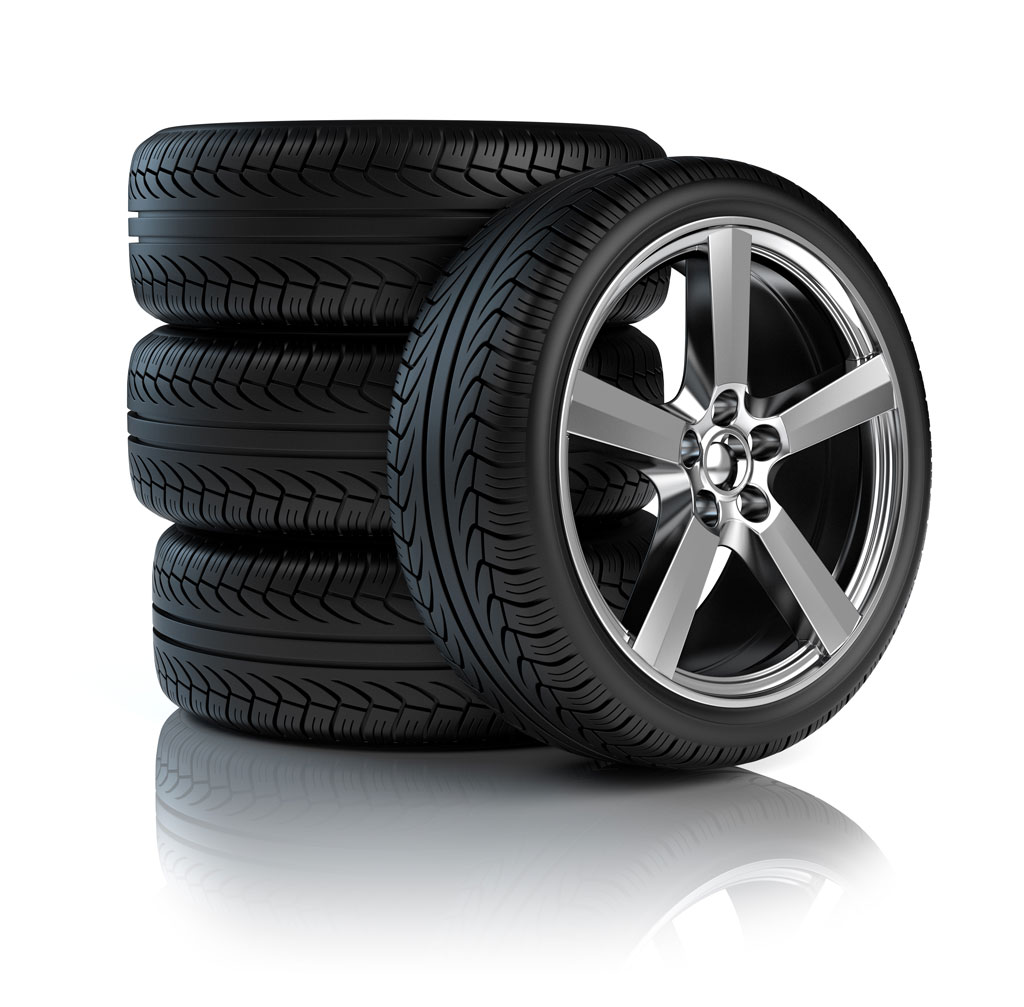Drive with Self-confidence: GMC Tires Service at Morris Tires
Drive with Self-confidence: GMC Tires Service at Morris Tires
Blog Article
Tire Service: The Impact of Weather Condition Conditions
When it comes to making sure optimal performance and security on the roadway, comprehending the influence of climate condition on tire solution is essential. From scorching warmth to icy roads, each weather condition element can considerably affect tire capability and overall driving experience. By diving into the impacts of differing climate condition on tires, chauffeurs can get useful understandings that might enhance their vehicle's performance and longevity. In this discussion, we will explore the elaborate relationship between climate condition and tire service, clarifying the relevance of weather-specific tire upkeep practices and considerations.
Heat and Tire Efficiency
When revealed to high temperatures, tires experience modifications in performance that can dramatically impact automobile security and handling. The warmth produced from prolonged driving or warm weather condition conditions causes the tire rubber to soften, leading to minimized tread life and boosted wear.

Winter Impacts
Cold weather condition conditions can have a substantial effect on tire performance and safety and security. As temperature levels drop, tire rubber can harden, bring about reduced grip on icy or snow-covered roadways. In cool weather, tires might likewise lose air stress a lot more quickly, which can affect taking care of and fuel efficiency. Furthermore, cool temperatures can trigger tire sidewalls to tense, enhancing the danger of damages from gaps or other road threats.
To minimize the effects of cool weather on tires, it is critical to on a regular basis examine tire stress and inflate them to the manufacturer's recommended levels. Utilizing winter season or all-season tires designed for chilly climate conditions can also improve grip and grasp on icy or snowy roadways. Correct tire upkeep, including routine examinations for wear and damage, ends up being a lot more critical during colder months to make certain optimum performance and security.
Rainy Issues Influence
Tires with worn-out treads are a lot more prone to hydroplaning, where a layer of water develops up between the road and the tire surface, leading to loss of traction. To battle this, vehicle drivers ought to consistently evaluate their tires for appropriate step deepness and take into consideration spending in tires particularly created for wet conditions.
Moreover, rainy weather condition can also lower exposure, making it testing for drivers to see the road in use this link advance clearly (GMC Tire Service). In such conditions, it is important to readjust driving rates as necessary and preserve a secure complying with range to permit sudden stops. Effectively filled with air tires can also aid in preserving control on damp roads by offering better handling and hold
Snow and Tire Safety
When driving in snowy conditions, having the appropriate tires can make a significant distinction in security and efficiency. Winter tires are created with special rubber substances and step patterns to provide far better traction on snow and ice compared to all-season tires.

Moreover, drivers must think about setting up tire chains in extreme snowy problems. Tire chains give extra traction by clutching the snow and ice, improving stability and control. Nonetheless, it is essential to follow manufacturer directions when installing and utilizing tire chains to stop damage to the tires and automobile. By selecting the appropriate tires, keeping proper rising cost of living, and considering added traction aids like tire chains, motorists can boost their security when browsing snow-covered roads.
Weather-Related Tire Maintenance
Weather-related tire upkeep includes an array of methods aimed at guaranteeing optimal tire feature and durability in various weather circumstances. One vital element of weather-related tire upkeep read here is tire stress guideline. Checking tire tread routinely and replacing tires when tread wear gets to a certain deepness is vital for preserving traction and security in unfavorable weather condition.
Conclusion
In conclusion, weather condition problems have a significant influence on tire performance and security. From warmth impacting check my source tire stress and wear to cool climate decreasing grip, it is necessary to consider the weather when preserving and using tires.
In this discussion, we will certainly explore the detailed connection in between weather problems and tire solution, losing light on the relevance of weather-specific tire maintenance methods and considerations.

Report this page